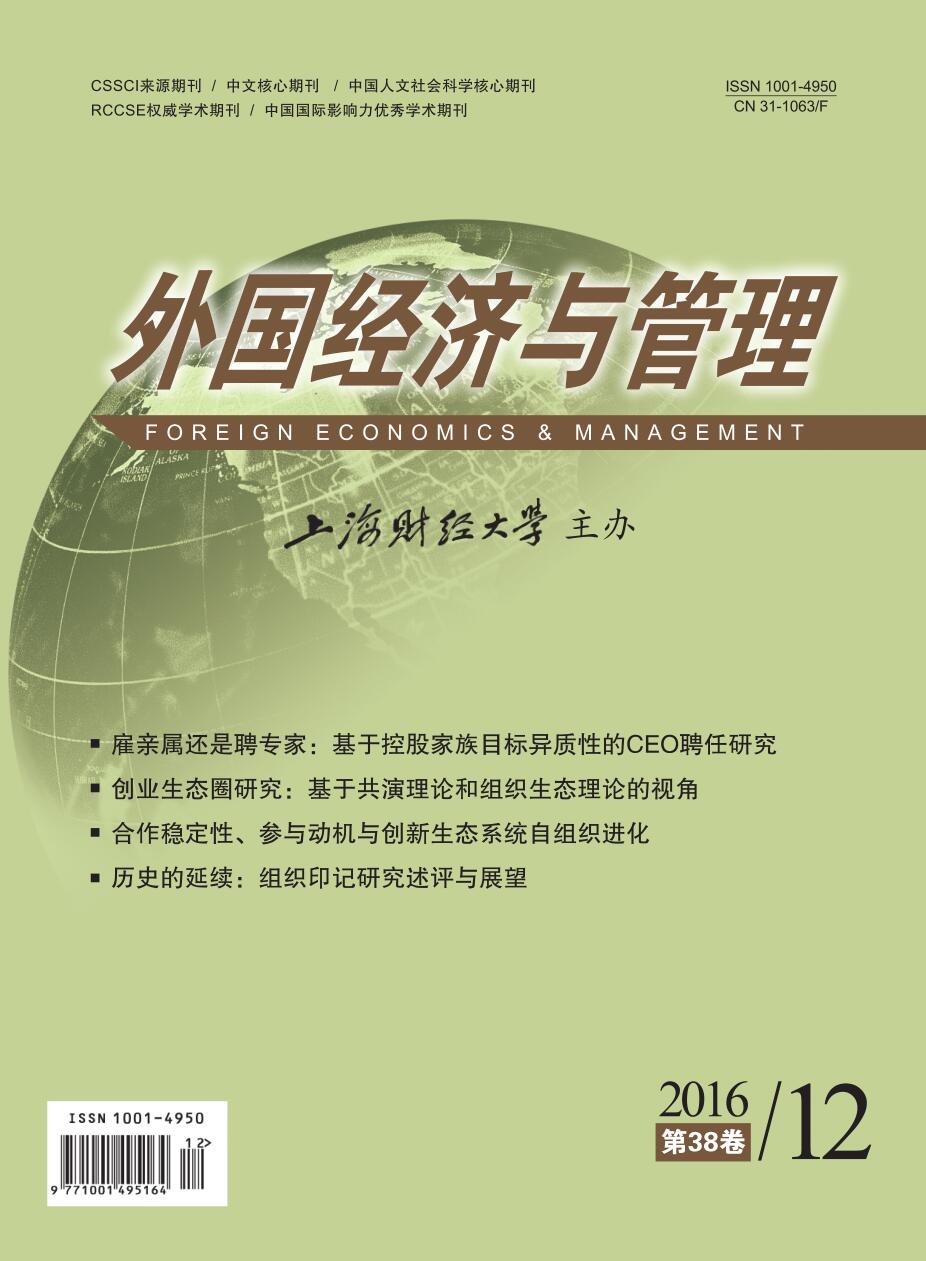Based on the analysis of the Confucian culture about "five constant virtues", this paper discusses multidimensional structure of affective leadership (AL), compiles & examines the scale of AL through several studies, and empirically investigates the effects of AL on subordinates' turnover intentions and voice behavior. Study one firstly develops a formal scale by interviews, open-ended questionnaires and so on. The AL scale is revised and tested by a series of analyses, e.g., exploratory factor analysis, confirmatory factor analysis and correlation analysis. The results show that AL consists of two dimensions, i.e., affective concern and emotion management, and the scale has sound reliability and validity. Based on a two-wave-time sample containing 143 participants, study two compares the associations and differences of AL with other three types of leadership, namely participative, instrumental and supportive leadership, and the effects of affective leadership on subordinates' turnover intentions and voice behavior. It confirms that AL can be remarkably distinguished from participative, instrumental and supportive leadership; AL is negatively related to subordinates' turnover intentions, is positively related to voice behavior and accounts for incremental validity on turnover intentions and voice behavior when controlling participative, instrumental and supportive leadership separately.
 / Journals / Foreign Economics & Management
/ Journals / Foreign Economics & ManagementForeign Economics & Management
JIN Yuying, Editor-in-Chief
ZhengChunrong, Vice Executive Editor-in-Chief
YinHuifang HeXiaogang LiuJianguo, Vice Editor-in-Chief
Affective Leadership: Scale Development and Its Relationship with Employees' Turnover Intentions and Voice Behavior
Foreign Economics & Management Vol. 38, Issue 12, pp. 74 - 90 (2016) DOI:10.16538/j.cnki.fem.2016.12.006
Abstract
References
Abstract
Cite this article
Weng Qingxiong, Wang Tingting, Wu Song, et al. Affective Leadership: Scale Development and Its Relationship with Employees' Turnover Intentions and Voice Behavior[J]. Foreign Economics & Management, 2016, 38(12): 74–90.
Export Citations as:
For
ISSUE COVER
RELATED ARTICLES





 9452
9452  12211
12211

